We all are aware that not all the plants given by nature right from time are present till date. They are said to have gone into extinction after being an endangered species for a short period of time. Why they would go into extinction could be as a result of different reasons which could include loss of habitat, deforestation, over harvesting, change in climate, inability or delay in self-fertilization and so on.
When a particular species of plant or animal goes into extinction, they cease to exist without a trace or means to bring them back; and what's left behind is only their fossil record, pictures or carefully preserved samples in laboratories.
Let's take a look into a few in plants which might have disappeared over the years, below:
Toromiro :
this plant during its days, was a native to the Eastern island. It could grow up to 33 feet and the woods gotten from this plant is used for carving and any other woodwork.
It ceased to exist in 1960, due to climate change and overharvesting.
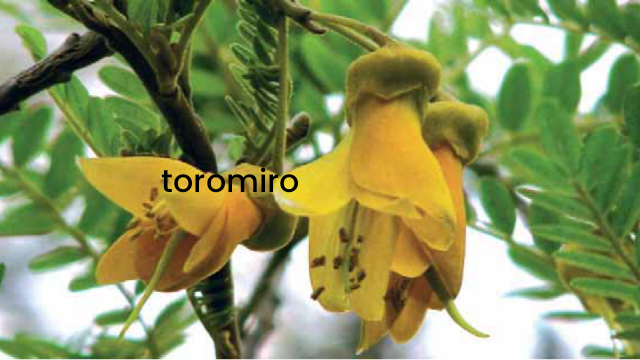
Source: flyermaker
Calamites:
calamites are originally found in Europe, Asia and a part of America. These plants, with their scale-like whorled leaves and hollow stems, are edible. They have been said to be the pioneer of most flowering plants but have not been in existence since 350 million years ago.

Source: flyermaker
St. Helena Olive:
They were native to the South Atlantic ocean. These plants, even before going on extinction, were rare and difficult to find. Before realization dawned, 12 to 15 were left. In 1974, st. Helena finally ceased to exist as a result of deforestation and its inability to self-fertilize.
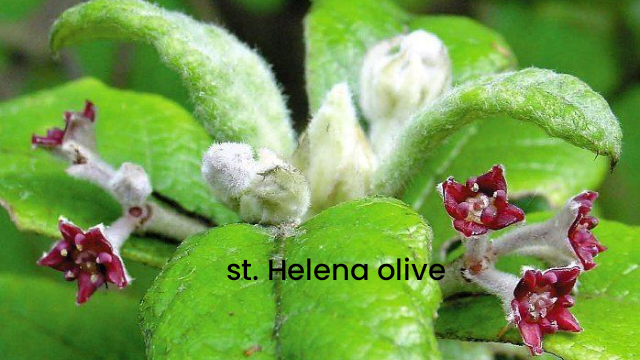
Source: flyermaker
Lepidodendron:
lepidodendron, during its time (in the carboniferous period) it used to stand tall with a scaly bark which is not woody at all, like an alligator's. Its trunks could go as high as 100 feet into the air. A shocking fact about this plant is that it starts leafing after 10 years of its lifespan. Lepidodendron stopped existing 300 million years ago.
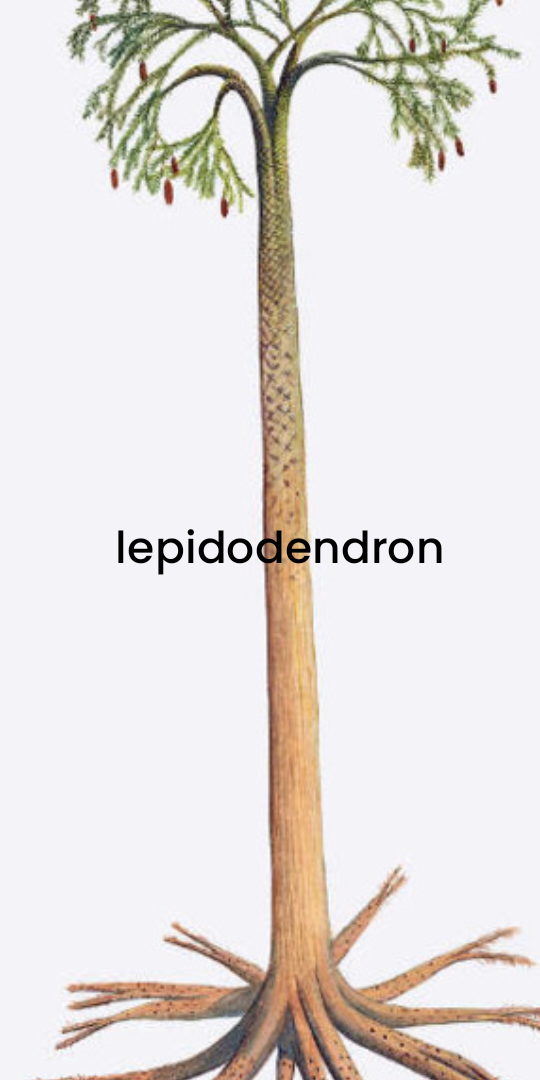
Source: flyermaker
Cry violet:
don't think too far, cry violets do not cry. The plant got its name from a community named Cry in France; but they were first discovered in Canal de Bourgogne. It is a flowering plant and its flowers bloom from May to June. Like St. Helena, they were never common in the first place and they were last seen in 1927.
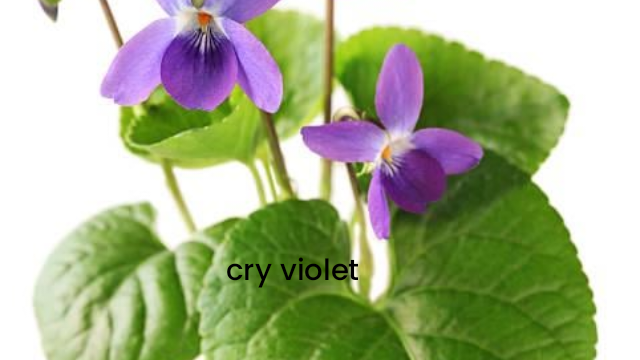
Source: flyermaker
Sigillaria:
surprise! They are not trees, but plants. Don't get deceived by the image because you can actually just look down on them. These tree-like plants could be traced back to inner Magnolia then, before they were last seen 360 million years ago.
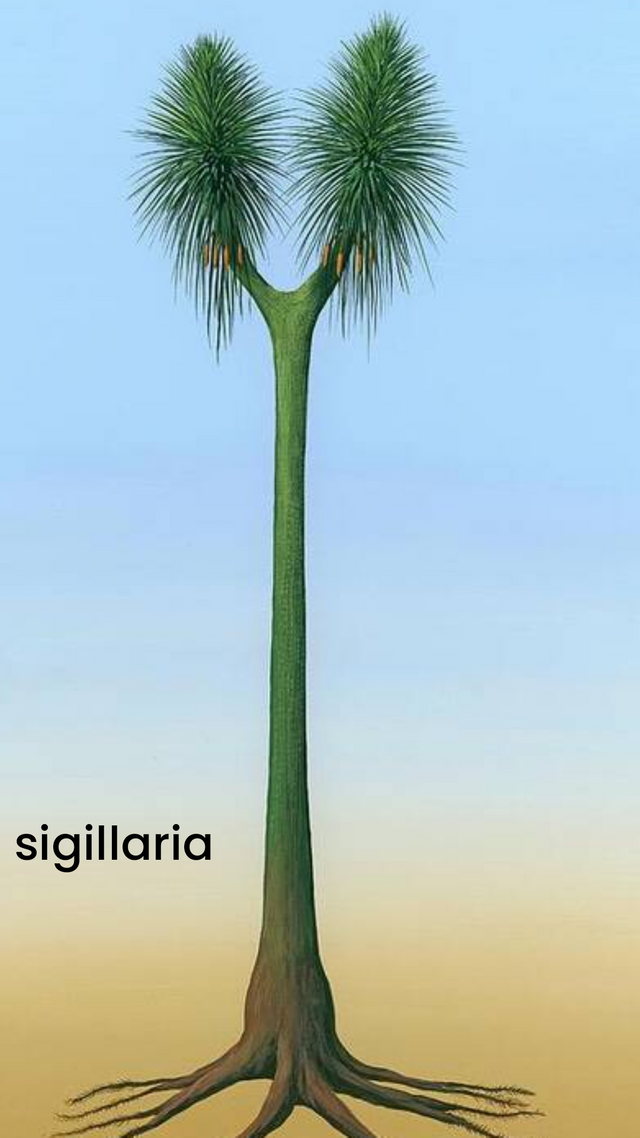
Source: flyermaker
Tahina palm:
the plant, according to research, used to be considered sacred by the residents of the local communities in its native place. With its flat and thick leaves, it could suck up water well. Due to loss of habitat, it stopped existing in 2007 and was last seen in Madagascar.
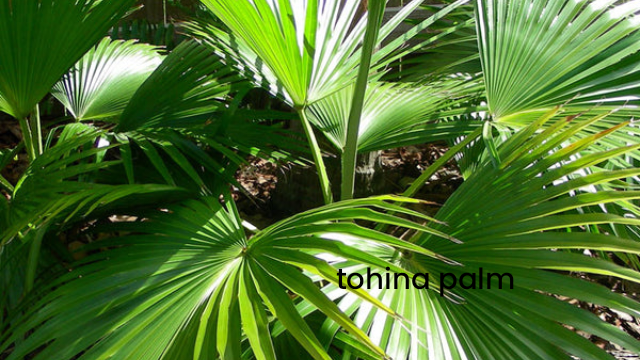
Source: flyermaker
Sagaria:
the tropical plant was an ancient flowering plant which existed during the cretaceous period. Hence, they are pioneering some flowering plants now. After flowering, sagaria bears fruits. They're well preserved in rocks, sedimentary especially. Sagaria were last seen 100 million years ago.
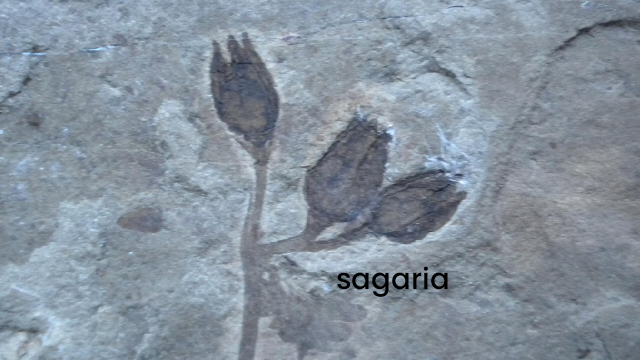
Source: flyermaker
Here we go.
Hello friend
Please can you fix the source where you got some of your images used on this post so that I can verify your post.
Thank you
Downvoting a post can decrease pending rewards and make it less visible. Common reasons:
Submit
Oh .
Apologies, It skipped my mind.
But I fixed it already
Downvoting a post can decrease pending rewards and make it less visible. Common reasons:
Submit